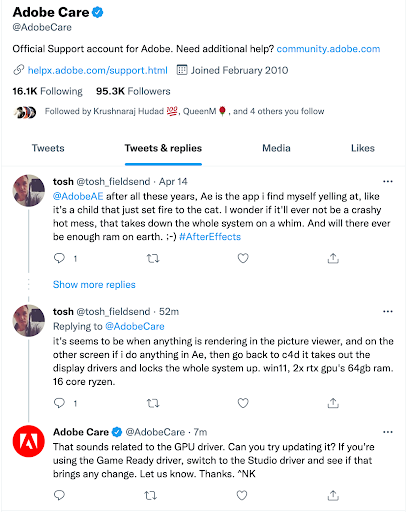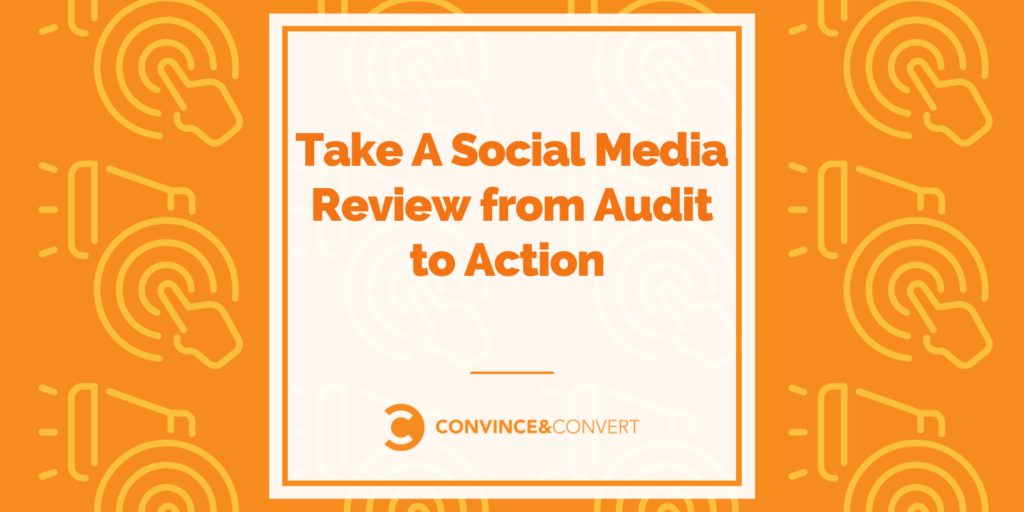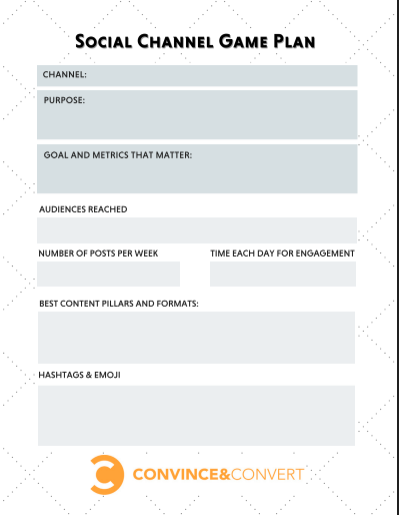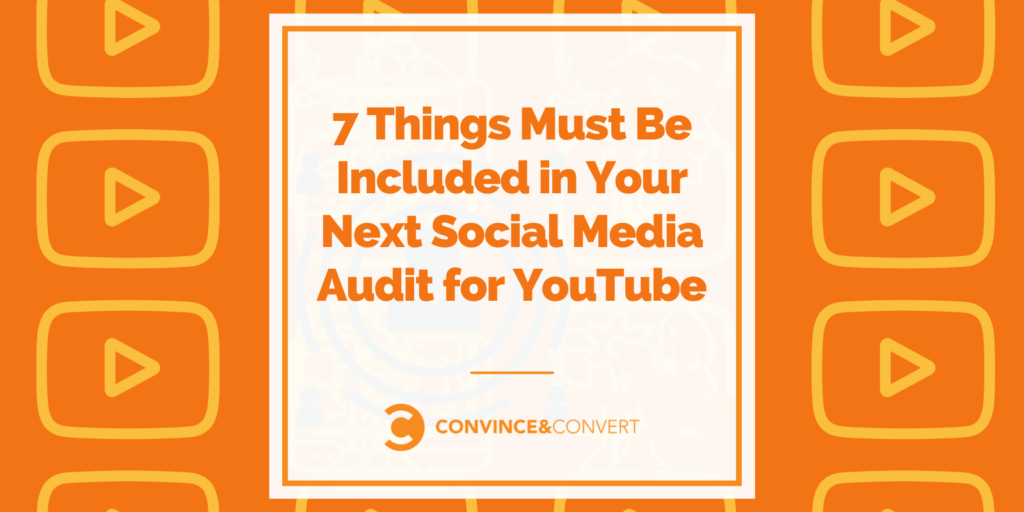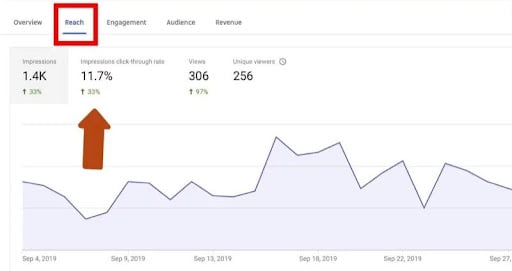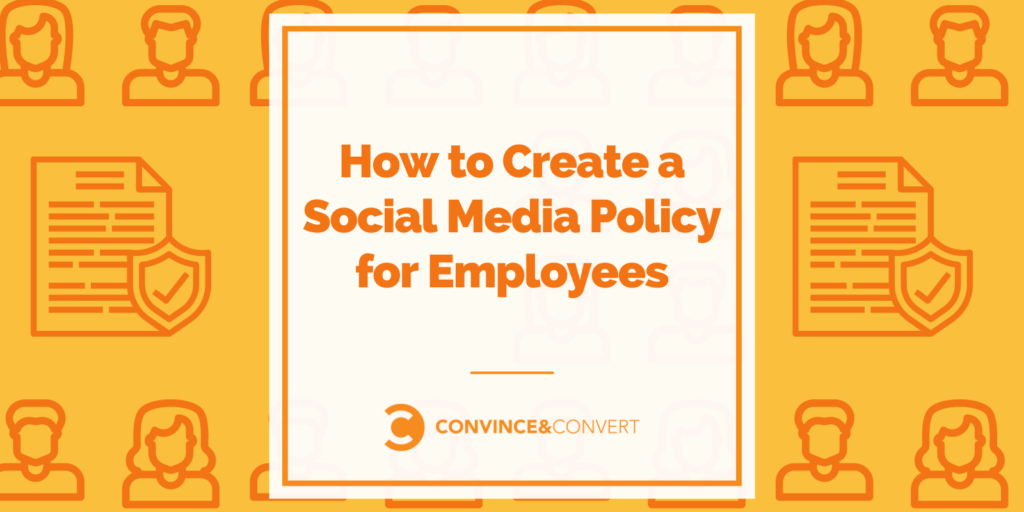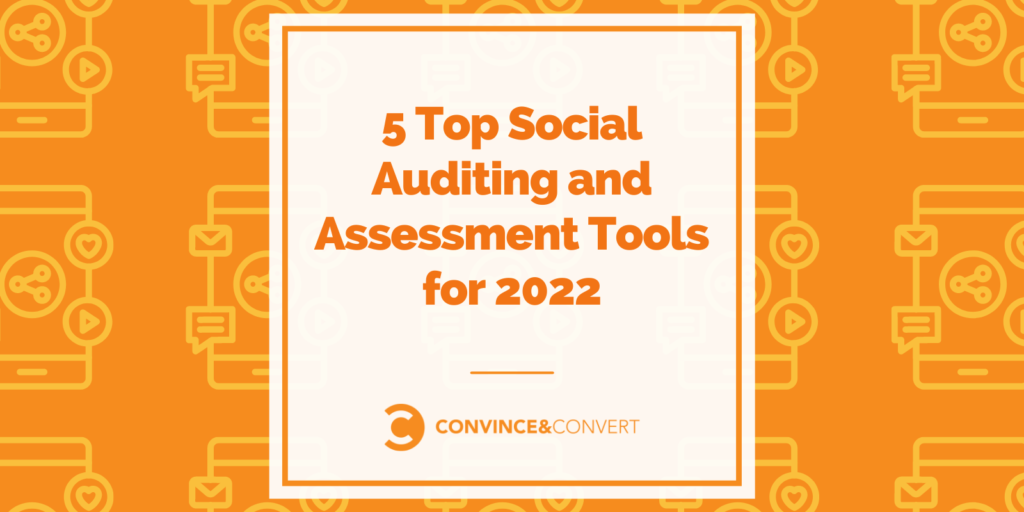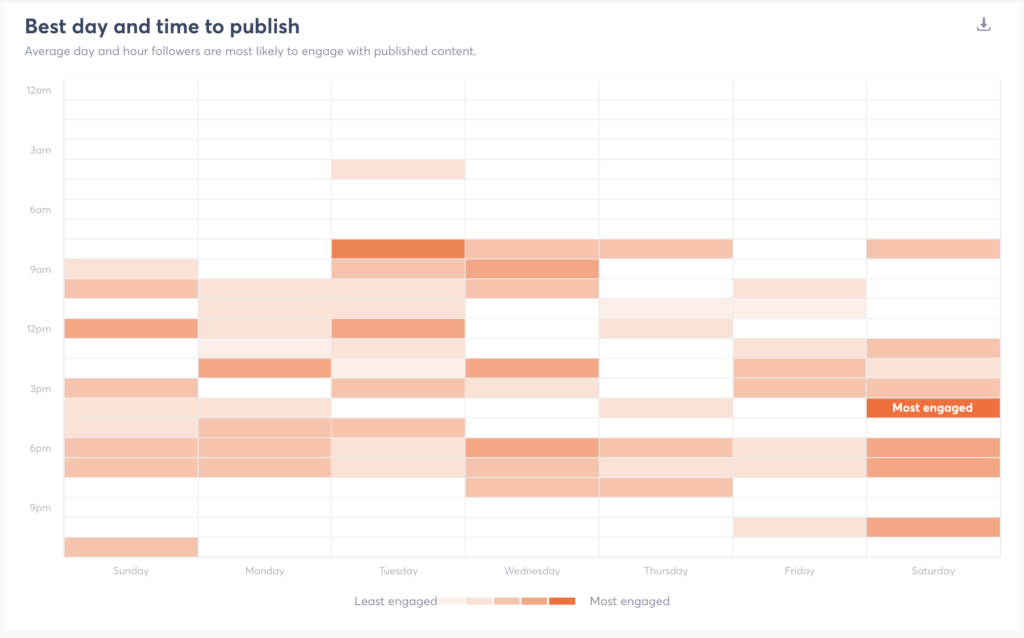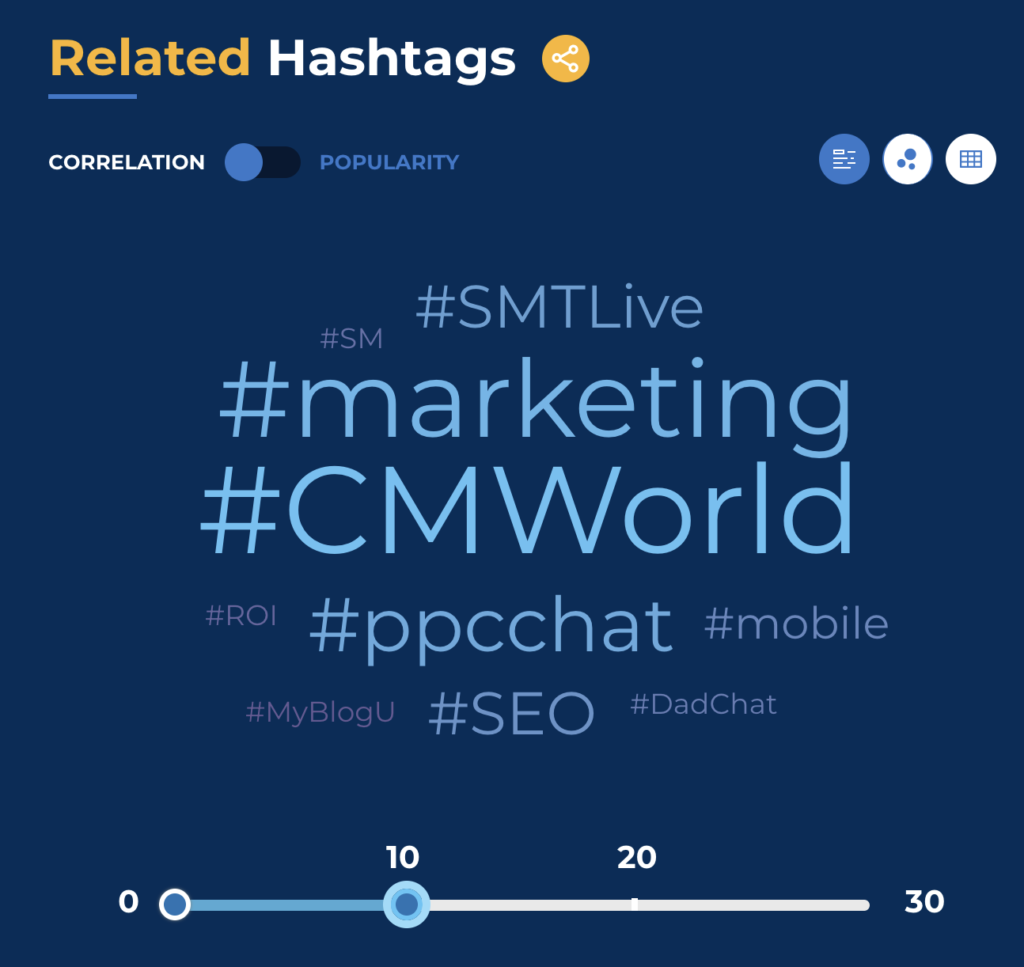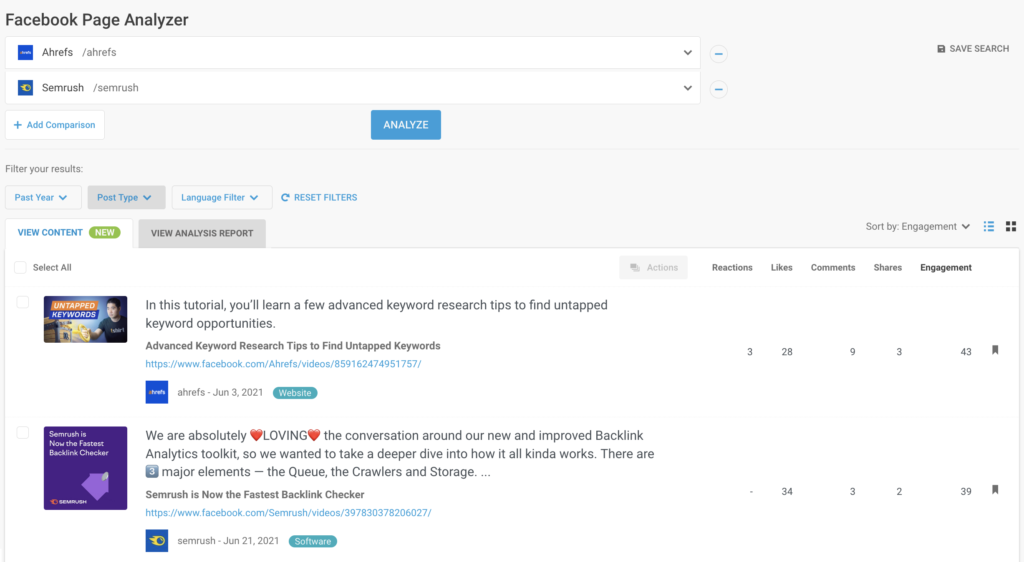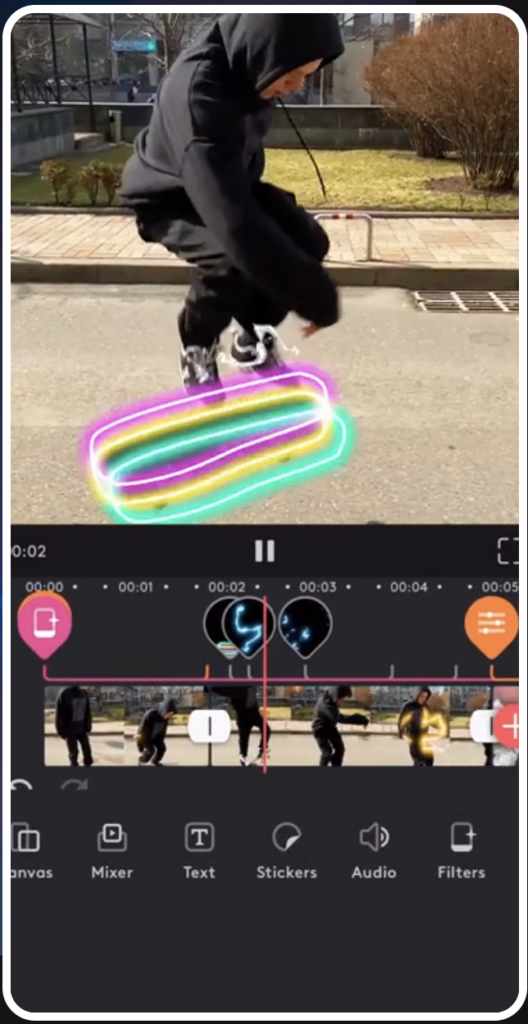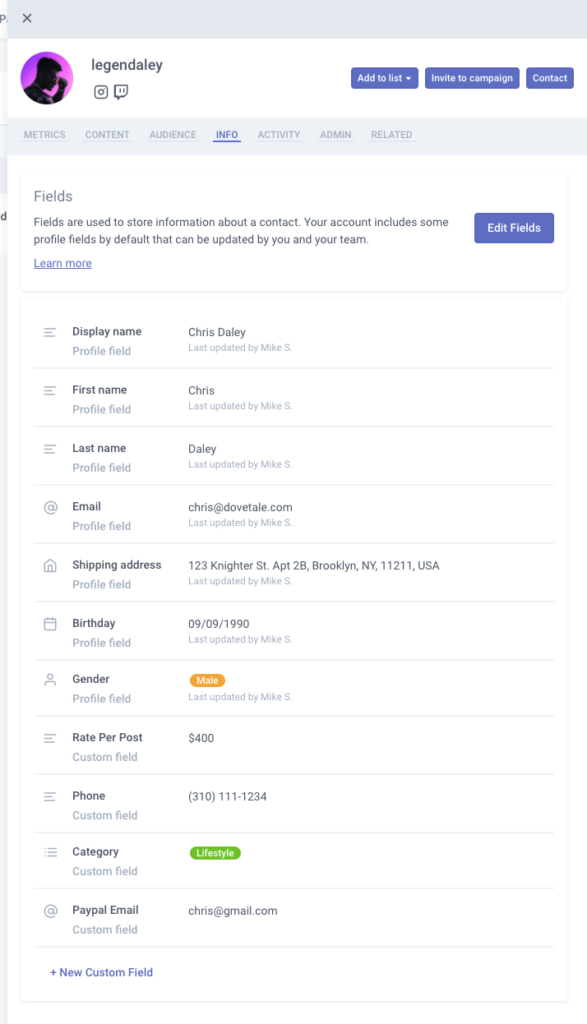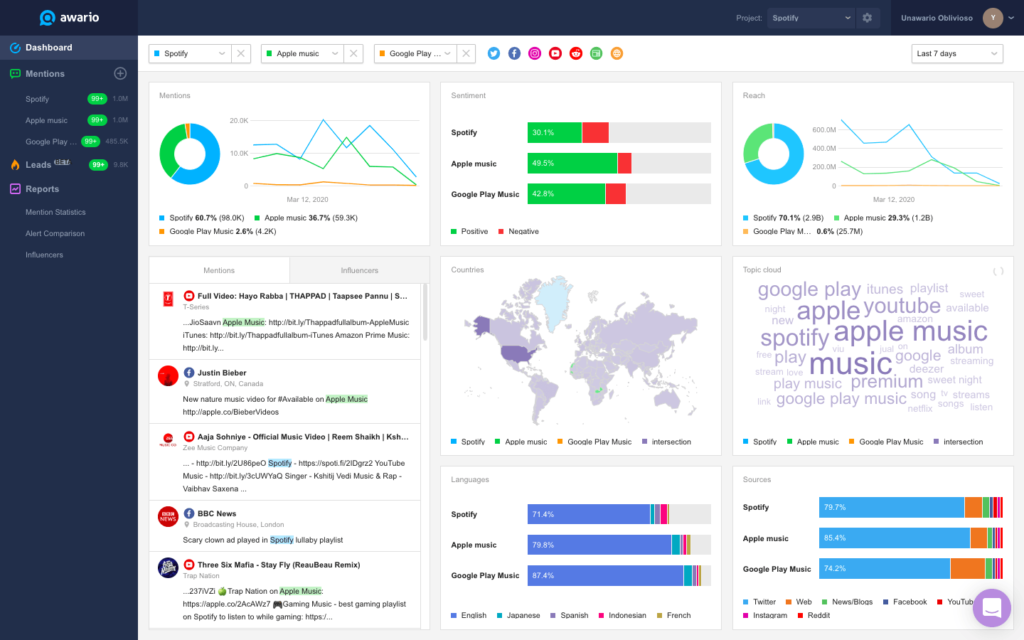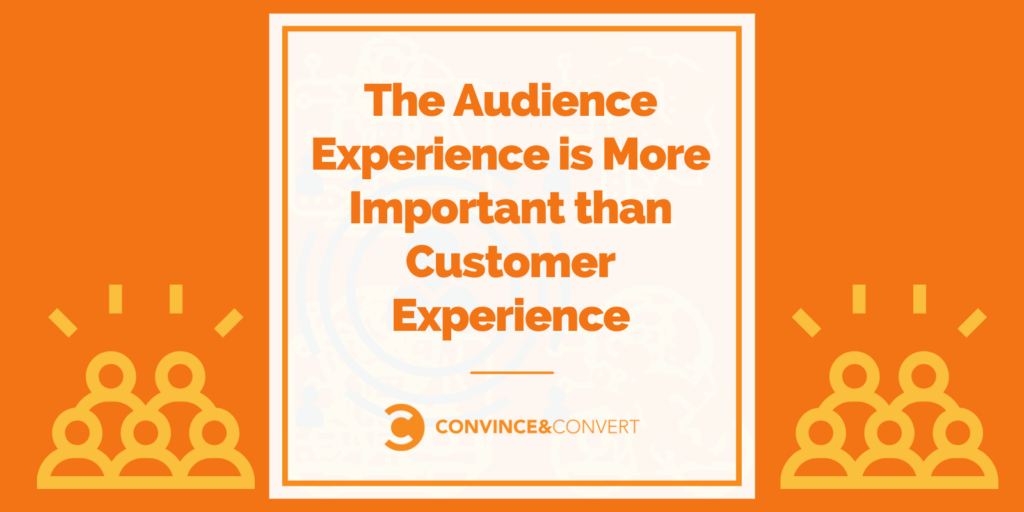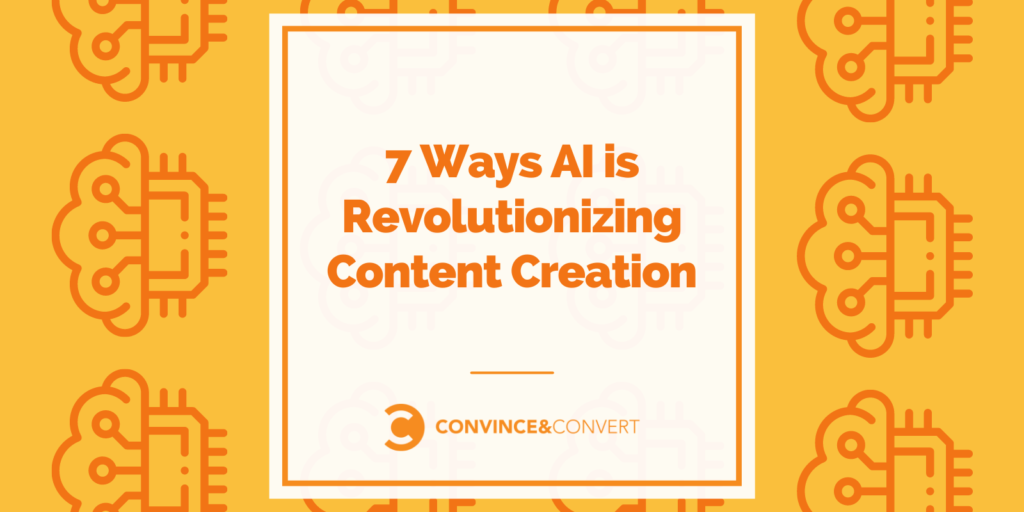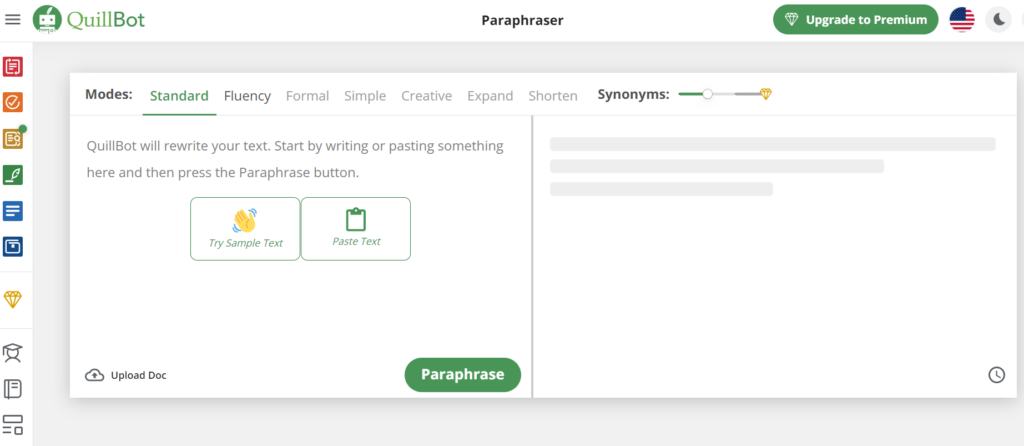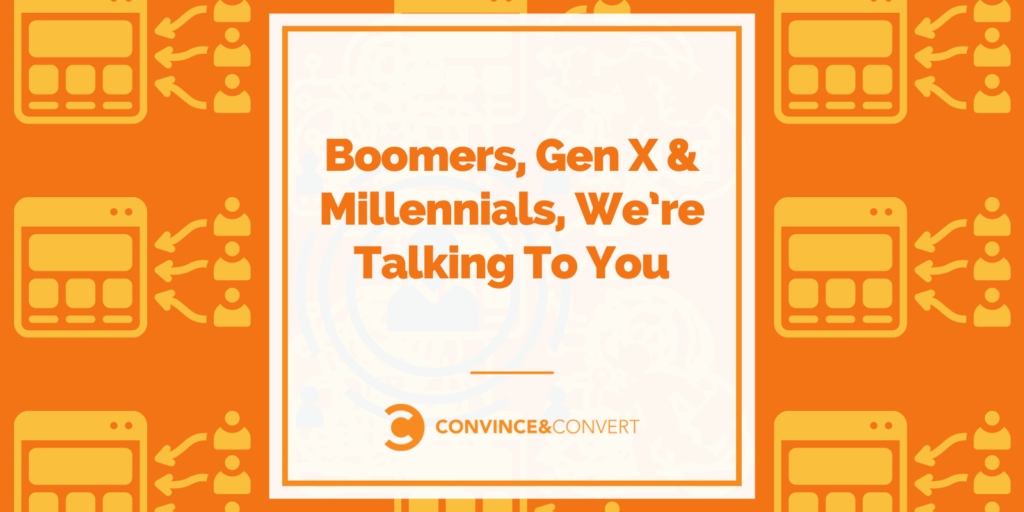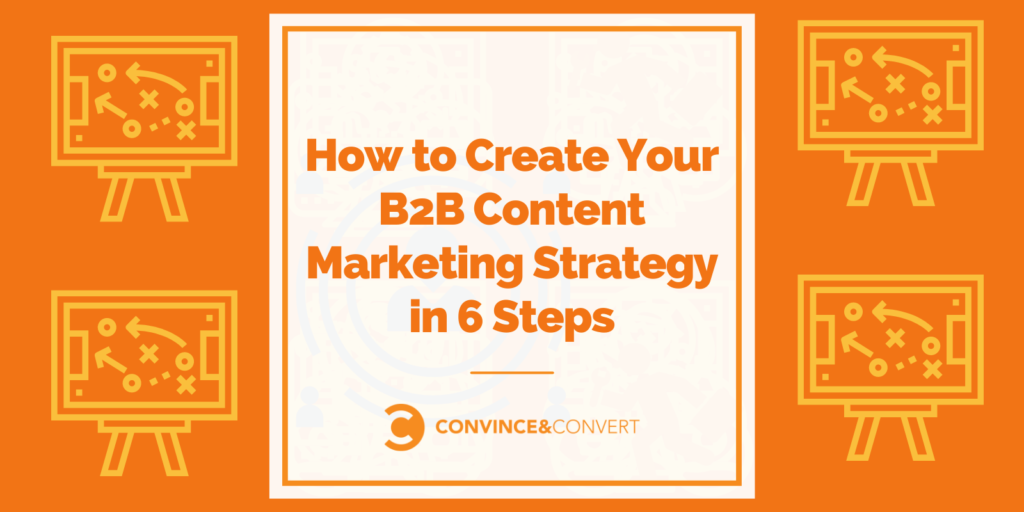
When it comes to general content marketing, the leading question brands need to ask themselves is how they can create a meaningful customer experience and show they offer the best solution on the market.
And even though I used the word “customers,” don’t think for a second that this only applies to your “normal” client base.
B2B marketing, at its core, is not that different from B2C marketing. You’re still trying to be helpful, successful, trustworthy, and people’s first choice.
Still, there are many differences between the two, with the biggest one being that a lot more is at stake when you’re dealing with B2B clients.
Imagine you’re a significant paper supplier called Mumder Difflin. If one school kid decides to buy a different print paper for their poetry class, you won’t lose money. But if a big chain of stores goes with your rival supplier, things get serious.
Simply put, you don’t have a lot of room for experiments and failure. Big companies usually make up their minds about a brand only once and have difficulty switching to a different provider. And there are so many things that can turn them off during the purchase process!

Those 77% will most likely not return to the same vendor ever again.
Besides offering a simple buyer’s journey, another way to build that trust from the beginning and become everyone’s first choice is to have a successful B2B content marketing strategy.
And if you’re wondering how to do that, you’ve come to the right place! Let’s dive in.
What are the main differences between B2B and B2C content marketing?
I talked a bit about this in the intro but let’s go deeper.
In B2C marketing, the target customers are regular people that make a purchase for themselves, friends, or family members. Just as I said in the example, our fictional student is getting print paper for himself, and he will use it for his poetry class. When he finishes school, he might go to a clothing store and look for a new jacket that he will wear.
You get the gist.
A B2B marketing strategy, on the other hand, will target the needs, pain points, and interests of potential customers that represent a particular company or another business. They are the decision-makers and make choices that will affect an entire team or even a company.
To put it simply, you have two entirely different buyer personas that will require various content marketing campaigns to decide about buying your product or service.
Let’s take a look.
Goals and motivations
B2C customers are usually driven by emotion and buy products or services to fulfill their own needs or the ones of their family and friends. They are attracted by deals and wish to be entertained, so advertising platforms for B2C are usually more fun and flashy. B2C purchases are also often spontaneous and illogical.
On the other hand, businesses look for convenience, ROI, expertise, and efficiency. It’s never about satisfying a whim and more about making a purchase decision that is part of a more comprehensive strategy. Logic and financial gain are at the forefront of their motivations.
Number of decision-makers
B2C customers usually conduct their independent research and make the purchase decision themselves. Rarely would they need to consult someone else, especially if it’s a spontaneous purchase. So even if they hear an opposite opinion, they have likely made up their minds already, and nothing will change it.
On the other hand, business clients rarely decide by themselves. Typically, an entire board needs to determine whether this is the best possible solution for whatever problem needs to be solved. One person speaks to the sales team or representative, but in the end, it’s a mutual decision that requires the majority of participants to agree to it.
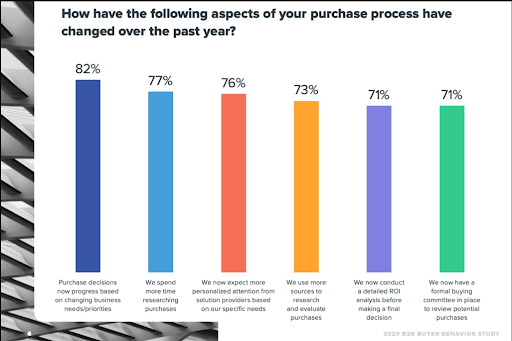
Purchase process
Individual clients that don’t represent a company make various purchases all the time. It’s frequently part of a routine or connected to an event. For example, every week you would do a more extensive grocery shop, and every year you have to buy presents for someone’s birthday.
The most common process is going to the shop and making a purchase. Maybe if it’s a more significant purchase like an expensive laptop or workout equipment, the person would appreciate some sort of advice from a sales professional. Still, it’s an entirely individual buyer’s journey.
Prospective customers who are part of a business need to consult with a sales expert and often accept offers from various providers to get the best possible solution. When you consider that they have to consult with the other decision-makers, the entire process might take months before it’s completed. Many factors will determine the purchase, making a B2B buyer’s journey highly specific.
Long-term goals
An individual client rarely has a relationship with the vendor and does not look for anything long-term. They buy the product, and that usually ends their interaction. If they are happy with whatever they purchased, be it some cucumbers from a local farmer, or a bundle from a streaming service, they will most likely return to that place, but that doesn’t mean they have a personalized experience with that brand.
B2B clients build a relationship with the company and require special attention, usually in the form of a dedicated sales consultant. Once they commit to becoming a client of your company, they typically have to sign a contract and pay in advance. The payment terms are service-specific, but the consensus is that enterprises look for a meaningful long-term commitment rather than a spur-of-the-moment purchase.
As you can see, there are a lot of differences between those two types of clients, and they will highly influence your content strategy and digital marketing goals.
Now that we have that out of the way, here’s how to create your own B2B content marketing strategy!
Building a B2B content marketing campaign from scratch
Building anything from scratch can be difficult, but it has to start somewhere.
1. Research your target audience
This is crucial to any content marketing campaign. Inbound marketing is all about creating a tailored and personalized experience for your leads, and you can’t do that without knowing them.
So the first step is to create a buyer’s persona – the interests and pain points of that persona will guide your content creation process and generate leads and organic traffic to your website.
Here are the best ways of analyzing your target audience to help create a solid strategy for your marketing efforts besides creating a persona:
- Inspect your current client base and conduct interviews;
- Conduct detailed market research to identify trends and client behavior;
- Realize who the people that cannot be a part of your target audience are;
- Research and analyze your competitors and their client base.
2. Identify your KPIs, goals, and timeline
The other factors your B2B content marketing strategy depends on are the goals and KPIs. After all, you can’t leave the station if you don’t know where you’re going.
Priorities for B2B companies change all the time. Years ago, revenue and ROI were essentials in a CEO’s mind. Nowadays, it’s a bit different.
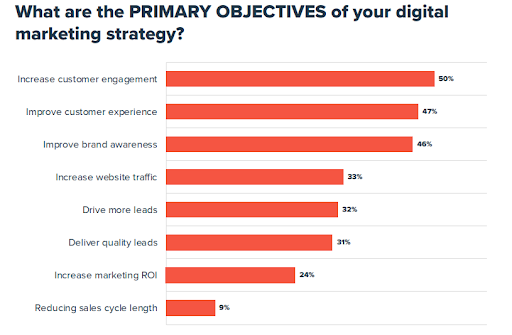
Think about what you need the most. Improving and building brand awareness is a trend that has recently risen to power because businesses finally realize how important it is to be visible and to be known.
Once you have your goals figured out, think about specific KPIs and metrics that will aid your content marketing strategy. Here are some example KPIs that can be pretty useful:
- The organic traffic of your website or blog;
- The number of content pieces produced and published in a specific timeframe;
- The type of content that performs best;
- The rankings of essential keywords;
- The number of sales that can be attributed to your content marketing strategy;
- The number of subscribers (if you decide to launch a newsletter);
- The backlinks and mentions of your company or produced content.
You need to choose the ones that align with your content strategy and will help you reach your goals.
And finally, you need to work with a strict timeline. To improve, you need a deadline for your content marketing experiments – you can’t track the results of a campaign that is still ongoing.
When you decide on a strategy, content distribution channel, and everything else that I’m going to share in this article, choose an initial timeline – 3 months, for example. When those 3 months end, you will be able to analyze the results and make improvements for the next one.
Bonus tip: Make sure you talk and discuss the goals amongst the team. Studies have found that setting clear goals and expectations fosters higher-performing teams.
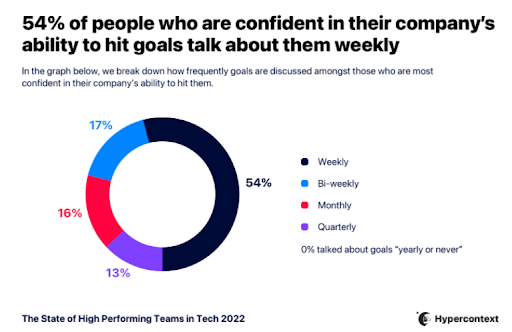
3. Choose the most relevant B2B content distribution channels
Experience is indeed the most valuable teacher, but there are certain aspects of content marketing that you can easily predict, and the content distribution channels are a great example. What you decide depends on a few factors such as:
- The type of product or service that your offer;
- Your target audience;
- The type of your business – local or global.
Focus on your strengths. Do you have a fantastic writing staff that can create in-depth guides to help other businesses? Then the answer is a blog.
Maybe your design team is innovative and skilled at making valuable infographics. Then clearly, you need to spread them out.
Sit down with your team members and think about your goals, what type of content works best for you, and the platform where it will be the most successful.
Social media platforms are another popular way of introducing your brand to the world, but there is one that stands out. You’re right; I’m talking about LinkedIn.
I’ve talked about this platform in-depth in my guide on how to audit and improve your LinkedIn Business profile, but I wanted to give it its own space in this article, as well.
LinkedIn is great because it allows companies to showcase several aspects of their business as providers, partners, and employers. In addition, you can share achievements, conduct surveys, and connect with your leads on a more personal level.
Going back to the content you should put there, the best strategy is to stick to polls, case studies, videos, testimonials by clients and partners, images with statistics, company and industry news, and milestones. Invest in competitor research and see how other businesses create content and communicate with the audience.
Another thing that many professionals tend to forget, however, is that B2B influencer marketing exists, and with the right tactic, it can be pretty successful. Creating content for social media can be challenging, so working with an influencer could be helpful for your B2B content marketing strategy.
To put it simply, experiment and see what resonates with your current customers and followers.
4. Create high-quality content
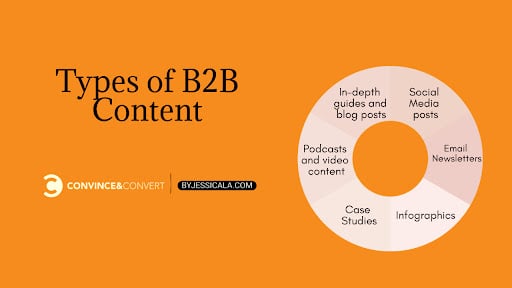
Finally, we reach the different types of content B2B companies can use to attract potential customers. Remember that not all of them will work for your company and target audience; you should check your Google Analytics to see which content has historically performed best regarding your goals and KPIs.
These are the most effective content formats for B2B content marketing:
- Email newsletters – Create customized email marketing campaigns that cater to the needs of your email list and remind them of your business in a non-intrusive way;
- Case studies – Use actual data to drive targeted traffic to your websites and improve your reputation as a professional in the field;
- Video content – Produce content that people can engage with for a longer time. Informational Youtube videos and guides are usually the best choices here.
- Blog posts – Create long-form content guides closely related to your niche, include templates and examples that bring a unique point of view and help you stand out from competitors;
- Podcasts – Share your expert opinion, invite other professionals in the field and create an environment of growth and motivation;
- Infographics – Use interesting data and research to create captivating infographics that will get shared all over the digital world.
I won’t go too deep into all of them, but there are some worthy mentions – the first being infographics.
You can put many things on an infographic – research data, case studies, tips, advice, etc. The best part is that they can be repurposed from other content you’re already creating.
For example, if you just wrote a blog post on how to conduct SMS campaigns, then repurpose the main points (headers) as an infographic.
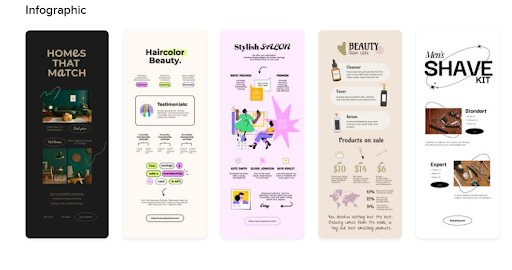
They can be custom, which is always the best option, but you can also use a tool like Canva, Vista Create, or Venngage. These platforms offer free templates that you can customize to your taste and make a unique piece of visual content used by companies and individuals alike.
Another worthy mention is case studies. The team at Convince and Convert regularly creates impressive case studies for their clients and makes them widely available for everyone to read. Such content demonstrates their skills as an analysis and advisory company and shares their expertise with people who want to learn and better themselves.
It’s a great tactic for creating meaningful relationships with people – from freelancers and students to mega-corporations looking for someone to help them with content marketing strategies.
Overall, creating content that brings value and educating customers should be a top priority.
5. Try out A/B testing
Split testing can be pretty beneficial, but it needs to be used wisely. Here is how you can get the maximum from it:
- Make sure you have a strong hypothesis at hand;
- Test only two variables at a time;
- Get the right sample size of people;
- Be patient and don’t make any changes in the middle of the experiment;
- Learn from the data and improve your B2B content marketing campaign.
The beauty of A/B testing is that it lets you know what works and what doesn’t. But beyond that, it allows you to understand what strategies you can scale.
For example, when I started building backlinks to amplify my content, I tested tactics with free tools like Ahrefs and gradually used tools like Buzzstream and other link-building tools to scale successful strategies.
6. Track your B2B content marketing efforts
Everyone in the marketing and sales world knows that you can’t get anywhere without tracking all of your efforts. That applies especially to content marketers.
You need to know whether your content has reached the ideal target audience and if the interactions you intended are realized the way they should be.
You can do that in many ways, such as through Google Analytics, a CRM, the analytics tools of relevant social media channels, and other search engine optimization tools.
The best tactic will be to use a tool that combines multiple channels and will helps you gather data faster, so you don’t waste time between campaigns.
Many software options include a free trial, so make sure you take advantage of that and choose the best possible one for your business.
Are you ready to become a leader in B2B content marketing?
Content marketing remains one of the best ways to connect with your audience, so you need to ensure it’s done correctly. Nobody starts perfectly, and you have to consciously expect that you will not achieve the ideal results from your very first campaign.
It’s a process and not a destination. But if you apply creativity and logic, track your efforts, and constantly improve, results will come and turn your business around.
And if it sounds a bit overwhelming, just book a consultation with our B2B marketing experts and let us help you connect with your customers.
So, are you ready to make an impact?
The post How to Create Your B2B Content Marketing Strategy in 6 steps appeared first on Content Marketing Consulting and Social Media Strategy.
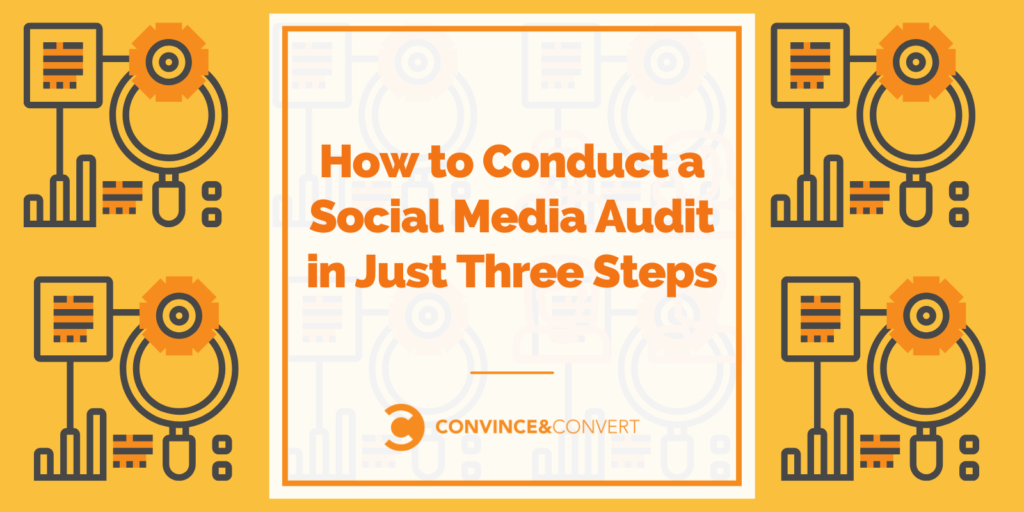
 But no matter how many headlines promise to help you do it effectively, there’s really no such thing as an effective social media strategy if you don’t tie it to your audience.
But no matter how many headlines promise to help you do it effectively, there’s really no such thing as an effective social media strategy if you don’t tie it to your audience. 
